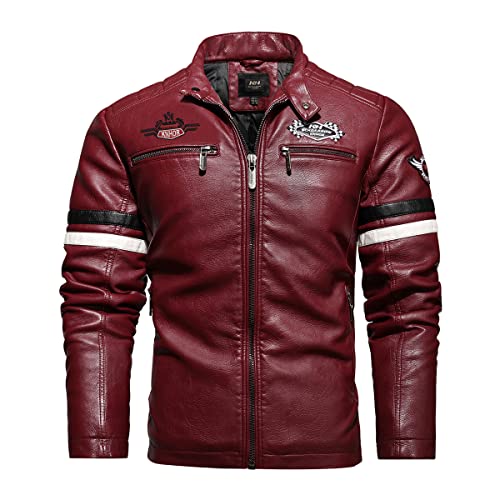James Burleigh
Well-known member
Some of you know that I crashed my FJR, creating a lively debate around the video that had been posted on YouTube.
My Crash Discusson Thread--video no longer available.
Well, I was wearing an Arai SNELL-approved helmet, and it saved my life. The helmet strike was extremely violent, as evidenced by the scuff marks on the TOP of the shoulder of my leather jacket (where did my head have to go for THAT to happen) and my lingering hung-over feeling three months later.
But I've concluded that if I had not been wearing a SNELL-approved helmet I would not have had the concussion and lingering side effects.
As we Boomers age, we can tolerate fewer G-forces being transferred to our brains. I'm not making all this up. It comes from this manifesto published in Motorcyclist magazine earlier this year:
https://www.motorcyclistonline.com/gearbox/..._helmet_review/
My accident it turns out is what 99% of motorcycle helmet-strike accidents are like: No, not hitting a brick wall at 90 MPH. The typical stike is equivalent to sitting on your bike, stationary, and falling over. Even if you are going 90 MPH and skid half a mile, the strike force is equivalent; the rest is scraping.
The problem, in summary, is that to pass the SNELL test the helmet has to have a RIGID outer shell. Well, it turns out that you actually want to have a more brittle outer shell to absorb some of the impact. What doesn't get absorbed by a more brittle shell goes to your cranium and then your brain.
Since reading this article and having my accident, I have changed my helmet-buying behavior. I originally replaced my damaged Arai with another Arai, but tomorrow am going down to Cycle Gear to exchange it for a European-only certified SUOMY. Also, I bought an ICON that is at the lower range of G-force transferance for SNELL-certified helmets (see table in article).
If you're over 50 you may want to consider the amount of G's your helmet will transfer to your brain in the event of a crash.
JB
My Crash Discusson Thread--video no longer available.
Well, I was wearing an Arai SNELL-approved helmet, and it saved my life. The helmet strike was extremely violent, as evidenced by the scuff marks on the TOP of the shoulder of my leather jacket (where did my head have to go for THAT to happen) and my lingering hung-over feeling three months later.
But I've concluded that if I had not been wearing a SNELL-approved helmet I would not have had the concussion and lingering side effects.
As we Boomers age, we can tolerate fewer G-forces being transferred to our brains. I'm not making all this up. It comes from this manifesto published in Motorcyclist magazine earlier this year:
https://www.motorcyclistonline.com/gearbox/..._helmet_review/
My accident it turns out is what 99% of motorcycle helmet-strike accidents are like: No, not hitting a brick wall at 90 MPH. The typical stike is equivalent to sitting on your bike, stationary, and falling over. Even if you are going 90 MPH and skid half a mile, the strike force is equivalent; the rest is scraping.
The problem, in summary, is that to pass the SNELL test the helmet has to have a RIGID outer shell. Well, it turns out that you actually want to have a more brittle outer shell to absorb some of the impact. What doesn't get absorbed by a more brittle shell goes to your cranium and then your brain.
Since reading this article and having my accident, I have changed my helmet-buying behavior. I originally replaced my damaged Arai with another Arai, but tomorrow am going down to Cycle Gear to exchange it for a European-only certified SUOMY. Also, I bought an ICON that is at the lower range of G-force transferance for SNELL-certified helmets (see table in article).
If you're over 50 you may want to consider the amount of G's your helmet will transfer to your brain in the event of a crash.
JB
































































